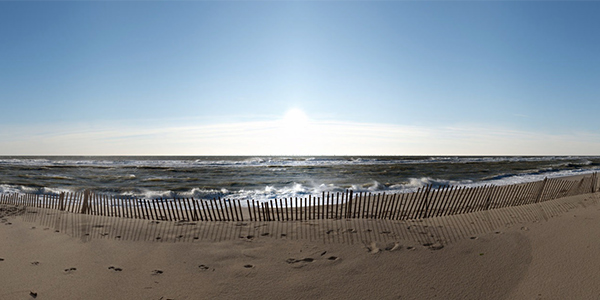The U.S. Bureau of Ocean Energy Management (BOEM) on Monday concluded its environmental review of the Vineyard Wind I project off the coast of Massachusetts.
“More than three years of federal review and public comment is nearing its conclusion, and 2021 is poised to be a momentous year for our project and the broader offshore wind industry,” Vineyard Wind CEO Lars Pedersen said in a statement.
BOEM said it is working to issue a record of decision whether to approve or disapprove the proposed project, or approve it with modifications. The U.S. Army Corp of Engineers and the National Marine Fisheries service will sign the record of decision for their respective authorization decisions.
“We look forward to reaching the final step in the federal permitting process and being able to launch an industry that has such tremendous potential for economic development in communities up and down the Eastern seaboard,” Pedersen said.
The final environmental impact statement (EIS) signals the direction BOEM is leaning toward in its decision. BOEM could approve Vineyard Wind’s construction and operations plan with specific changes, including capping the number of turbines built for the project at 84. Depending on the final turbine capacity used, the project could have as few as 57 turbines.
In addition, BOEM could prohibit wind turbine installations in six locations in the northernmost portion of the project lease area. BOEM may also require the turbines be installed in a north-south and east-west orientation with a minimum distance of one nautical mile between them.
Project officials estimate Vineyard Wind will reduce electricity rates by $1.4 billion over the first 20 years of operation and reduce carbon dioxide emissions by 1.68 tons annually, the equivalent of taking 325,000 cars off the road each year. The project is estimated to create 3,600 jobs in Massachusetts and spur over $200 million in economic activity, according to the Business Network for Offshore Wind (BNOW).
“This is the day the U.S. offshore wind industry has been anxiously awaiting for years,” BNOW CEO Liz Burdock said in a statement. “[This] announcement provides the regulatory greenlight the industry needs to attract investments and move projects forward.”
Vineyard Wind, a joint venture between Avangrid and Copenhagen Infrastructure Partners, said it expects to begin delivering energy from the project to Massachusetts in 2023.
Impact on Fish Habitat
Fisheries along the New England coast have opposed the Vineyard Wind project and advocated for changes to mitigate the impacts of the turbines and offshore cables on scallop spawning grounds and fishing gear.
The final EIS said that “most potential unavoidable adverse impacts associated with the [project as proposed], such as disturbance of habitat or incremental disruption of typical daily activities, would occur during the construction phase or would be temporary.”
However, the project “could include effects on habitat or individual members of protected species, as well as potential loss of use of commercial fishing areas.”
Vineyard Wind agreed to provide fisheries mitigations for Rhode Island “after multiple discussions and negotiations,” according to the review, including a $4.2 million fund for direct compensation to Rhode Island fishermen for loss of equipment or claims of direct impact.
The project will also provide Rhode Island with $12.5 million to establish a Rhode Island Fisheries Future Viability Trust and work with the Massachusetts Executive Office of Energy and Environmental Affairs to establish a Compensatory Mitigation Fund for $19.2 million and a Fisheries Innovation Fund for $1.75 million.


